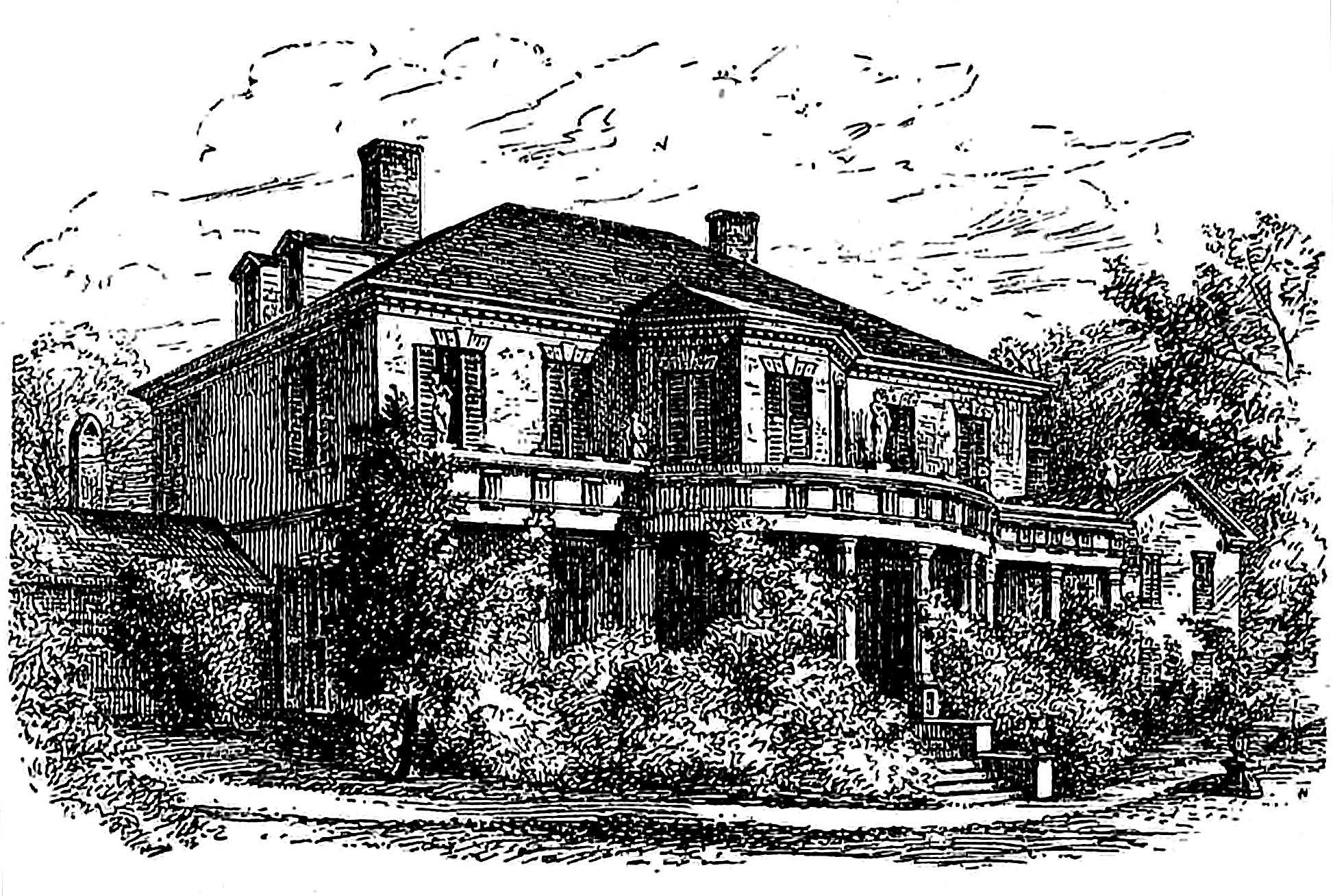Appleton's Cyclopædia of American Biography, 1888
John Eager Howard

HOWARD, John Eager, soldier, b. in Baltimore county, Md., 4 June, 1752; d. there, 12 Oct., 1827. His grandfather, Joshua, an officer in the Duke of York's army during the Monmouth rebellion, was the first of the name of Howard that settled in this country. John's father, a wealthy planter, bred him to no profession, but gave him an excellent education under the care of tutors. At the beginning of the Revolution he joined the American army, commanded a company of the flying camp under Gen. Hugh Mercer at the battle of White Plains, 28 Oct., 1776. Upon the disbanding of his corps in December of this year, he was commissioned major in the 4th Maryland regiment of the line, and was engaged at Germantown and Monmouth. In 1780, as lieutenant-colonel of the 5th Maryland regiment, he fought at Camden under Gen. Horatio Gates, and in the latter part of the year joined the army under Gen. Nathanael Greene. He displayed great gallantry at the battle of Cowpens, 17 Jan., 1781, and the bayonet-charge under his command secured the American victory. At one time of this day he held the swords of seven British officers, who had surrendered to him. In honor of his services at this battle he received a medal from congress. He materially aided Gen. Greene in effecting his retreat at Guilford Court-House, 15 March, 1781, and at the battle of Hobkirk's Hill, on 15 April, succeeded to the command of the 2d Maryland regiment. At Eutaw Springs, where his command was reduced to thirty men, and he was its only surviving officer, he made a final charge, and was severely wounded. From 1789 till 1792 he was governor of Maryland, and he was U.S. senator in 1796-1803. He declined, in 1796, a seat in Washington's cabinet. In anticipation of war with France, Washington selected him in 1798 as one of his major-generals. During the panic in Baltimore in 1814, subsequent to the capture of Washington by the British troops, he prepared to take the field, and was an earnest opponent of capitulation. In 1816 he was a candidate for vice-president. His wife, Margaret, was a daughter of Chief-Justice Benjamin Chew. The illustration represents his residence of “Belvedere,” which was in an extensive park, and remained standing until recently. Lafayette was entertained there in 1824.
Appleton's Cyclopædia of American Biography, 1888, Vol III, Page 277.